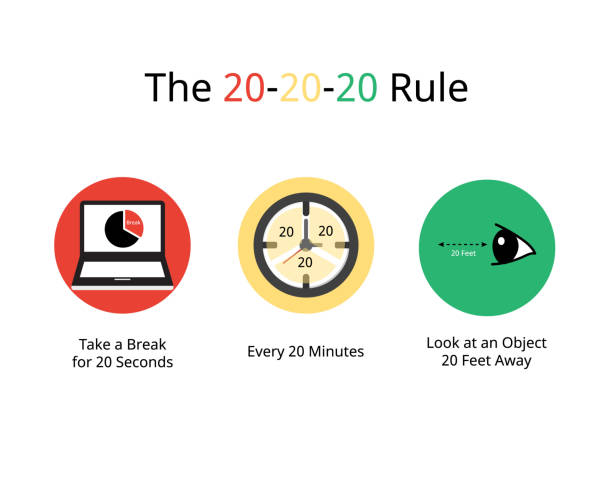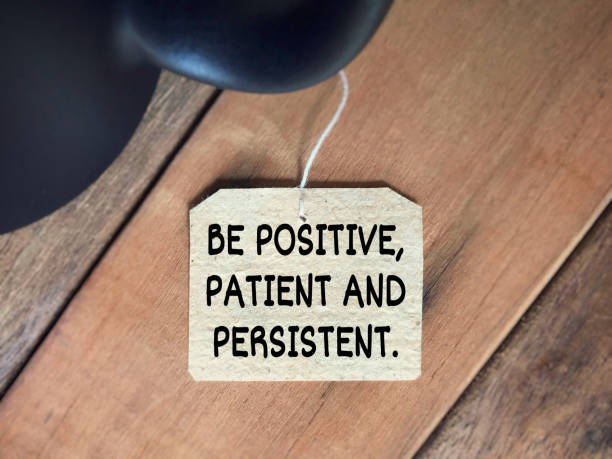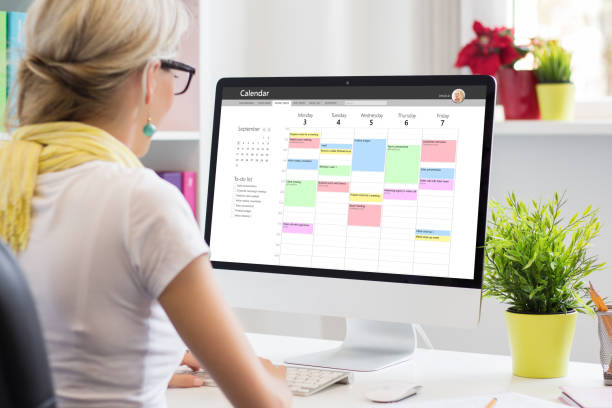Digital Wellness: Balancing Screen Time for Mental Health
In today’s digital age, screens are an integral part of our lives. From work to entertainment, our reliance on digital devices has increased exponentially. While technology offers numerous benefits, excessive screen time can negatively impact our mental health. Achieving digital wellness by balancing screen time is essential for maintaining mental well-being. This blog post explores the importance of digital wellness, strategies to balance screen time, and tips to foster a healthier relationship with technology.
Understanding Digital Wellness and Its Importance

Digital wellness refers to the practice of maintaining a healthy relationship with technology to promote mental, emotional, and physical well-being. With the average person spending more than seven hours a day on screens, it’s crucial to recognize the potential risks associated with excessive screen time. Prolonged screen exposure can lead to issues such as eye strain, sleep disturbances, anxiety, depression, and reduced productivity. By prioritizing digital wellness, we can mitigate these risks and enhance our overall quality of life.
Strategies to Balance Screen Time
Set Screen Time Limits:
Establishing boundaries for screen usage is vital. Use built-in features on your devices or apps like Screen Time for iOS or Digital Wellbeing for Android to track and limit your screen time. Set specific time limits for social media, gaming, and other non-essential activities to prevent overuse.
Create a Tech-Free Routine:
Designate specific times of the day as tech-free, especially during meals, before bed, and immediately after waking up. Creating a tech-free routine helps you disconnect from digital distractions and focus on more meaningful activities.
Practice the 20-20-20 Rule:
To reduce eye strain, follow the 20-20-20 rule: every 20 minutes, take a 20-second break and look at something 20 feet away.

This simple practice can help alleviate eye fatigue and improve concentration.
Engage in Physical Activities:
Incorporate regular physical exercise into your daily routine. Activities like walking, jogging, yoga, or even short stretching breaks can counteract the sedentary nature of screen use and boost your mental health.
Mindful Media Consumption:
Be selective about the content you consume. Choose educational, inspiring, or entertaining content that positively impacts your mental state. Avoid doomscrolling and limit exposure to negative news or social media posts.
Optimize Your Workspace:

Arrange your workspace to minimize unnecessary screen time. Use ergonomic furniture, adjust screen brightness, and ensure proper lighting to create a comfortable and healthy environment.
Practice Digital Detox:
Regularly schedule digital detox periods where you completely disconnect from screens. This could be a few hours each day, one day a week, or a full weekend each month. Use this time to engage in offline activities that bring you joy and relaxation.
Final Thoughts
Balancing screen time is crucial for achieving digital wellness and maintaining mental health. By setting boundaries, practicing mindfulness, and incorporating physical activities into our daily routines, we can foster a healthier relationship with technology. Remember, the goal is not to eliminate screens from our lives but to use them in ways that enhance our well-being. Prioritize digital wellness, and you’ll find yourself more focused, productive, and mentally refreshed.













